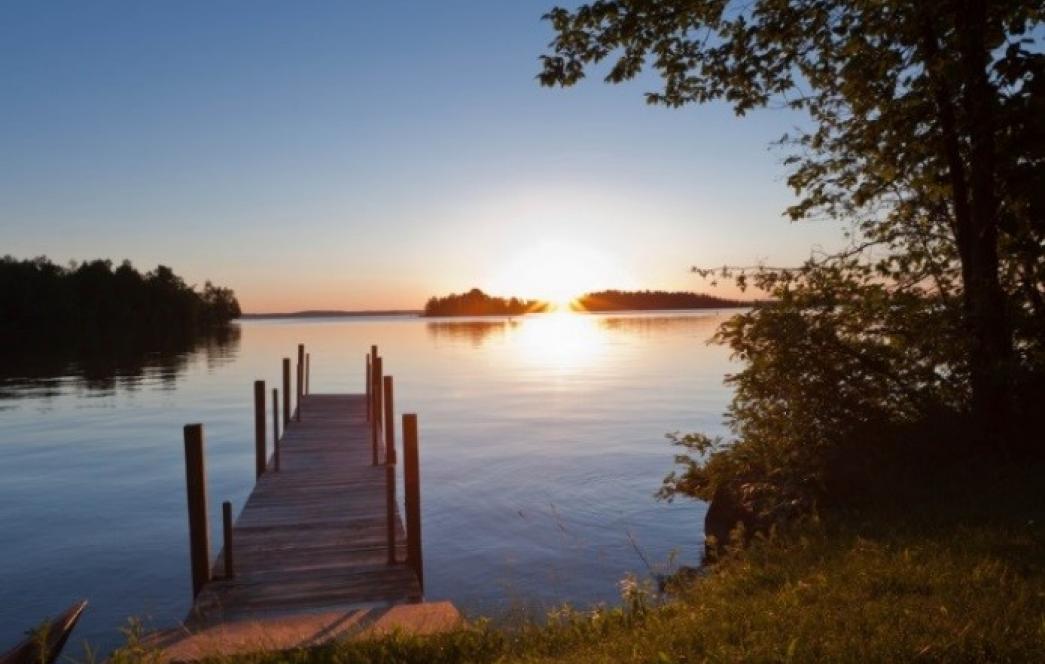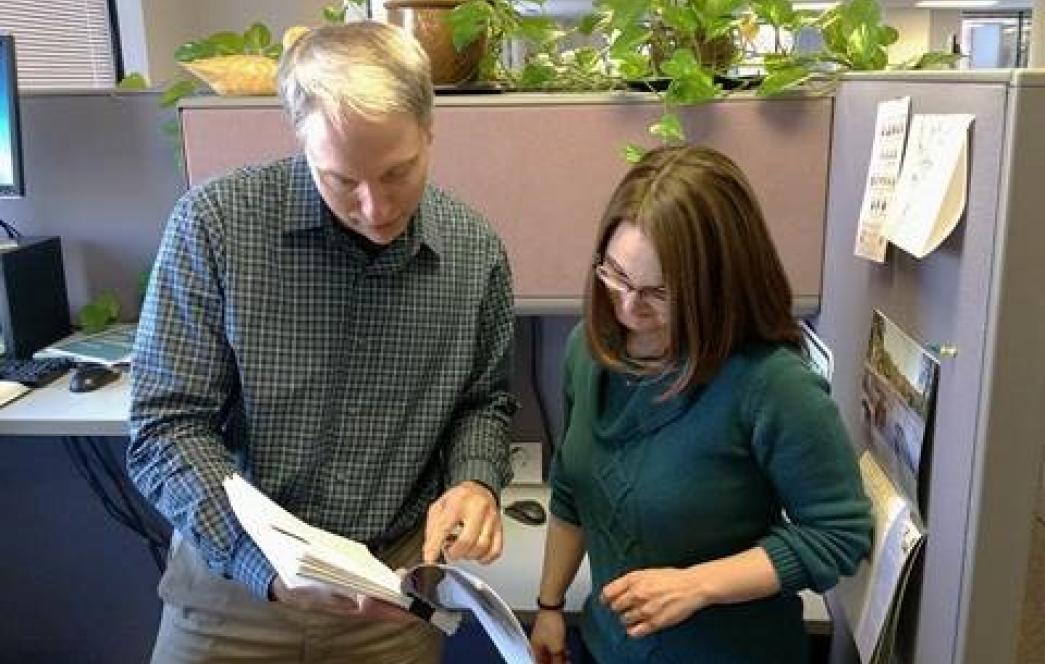- Home
- March 2017 Snapshots
Minnesota, USDA sign new CREP agreement
Almost 180 conservation leaders, media, elected officials and farmers joined Governor Dayton in the Capitol Rotunda on Tuesday, January 17 as he signed a new Minnesota Conservation Reserve Enhancement Program (CREP) agreement with the United States Department of Agriculture. The agreement, which came after two years of work and deliberations between the USDA and BWSR, will target 60,000 acres in areas of southern and western Minnesota facing significant water quality challenges, to protect and improve our natural resources for future generations.

Partnering for AIS Prevention: Vermilion Lake Association and North St. Louis SWCD
In 2010, approximately 3,000 acres and five miles of Lake Vermilion shoreline in northern Minnesota were added to the Lake Vermilion-Soudan Underground Mine State Park, creating the current 4,048 acre state park on a rugged ridge on the south shore. The park offers a unique combination of recreational opportunities including picnicking, hiking, fishing, boating, snowmobiling, and tours of a former iron ore mine.

Innovation in Clean Water Practices and Technology
The agricultural landscape throughout much of Minnesota is dotted with surface intakes that are essential for efficient crop production, especially in the prairie pothole region. These intakes play an important role in agricultural production by taking ponded surface water and runoff in depressional sites and removing the water from the fields through a subsurface tile drainage system. However, these surface intakes also provide a direct pathway for the movement of sediment and associated pollutants to surface waters.

Student Interns Advance Conservation Efforts
Student interns are an integral part of the work done at BWSR and the opportunities are a win-win for both BWSR and students. Working with BWSR Technical Services staff, student interns have played a key role in furthering the field of conservation while gaining valuable, hands-on experience
